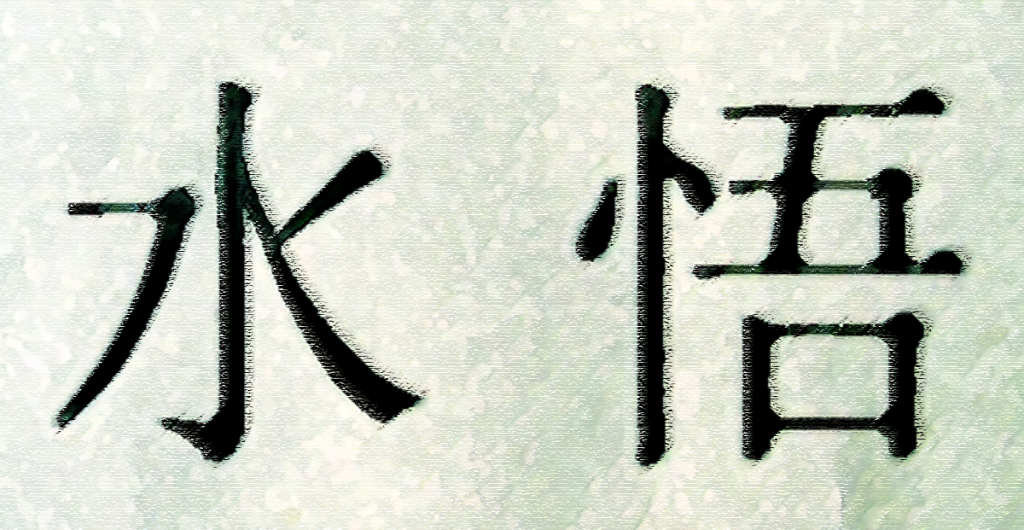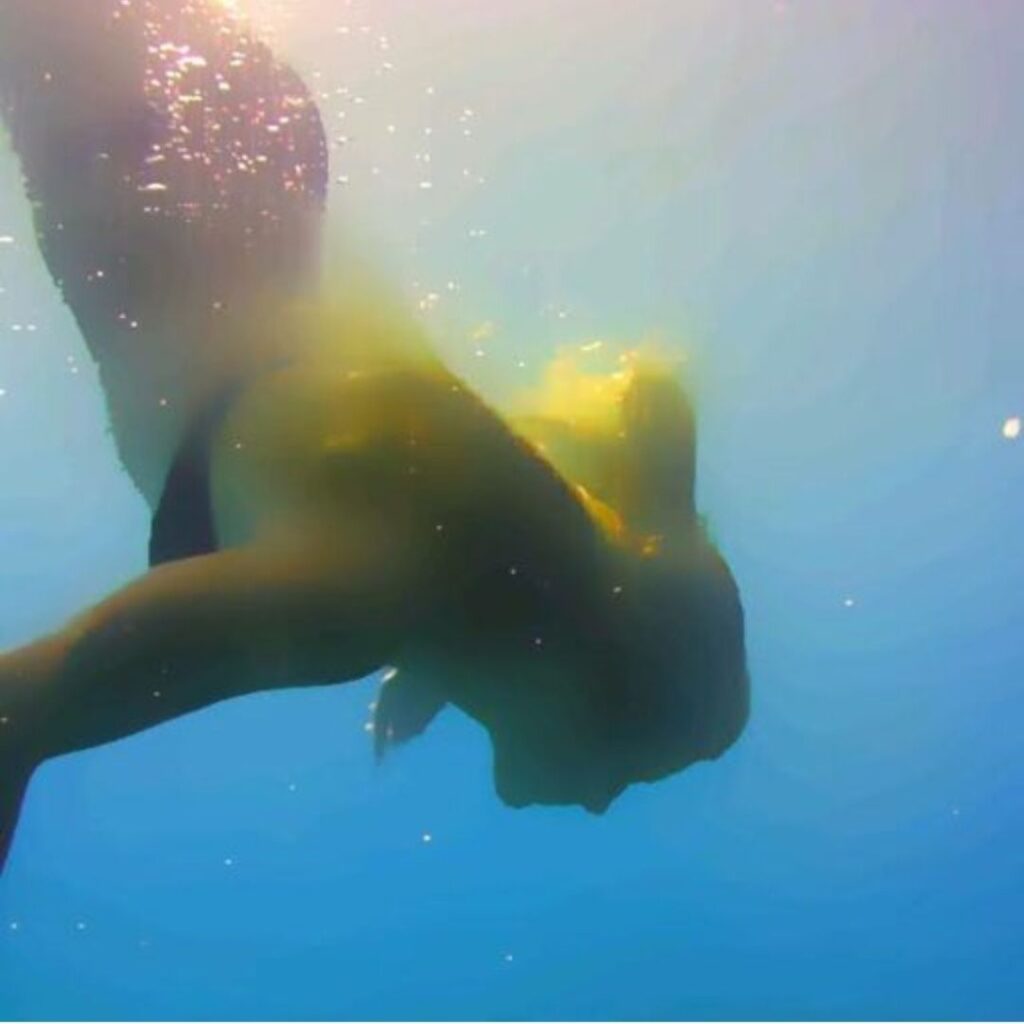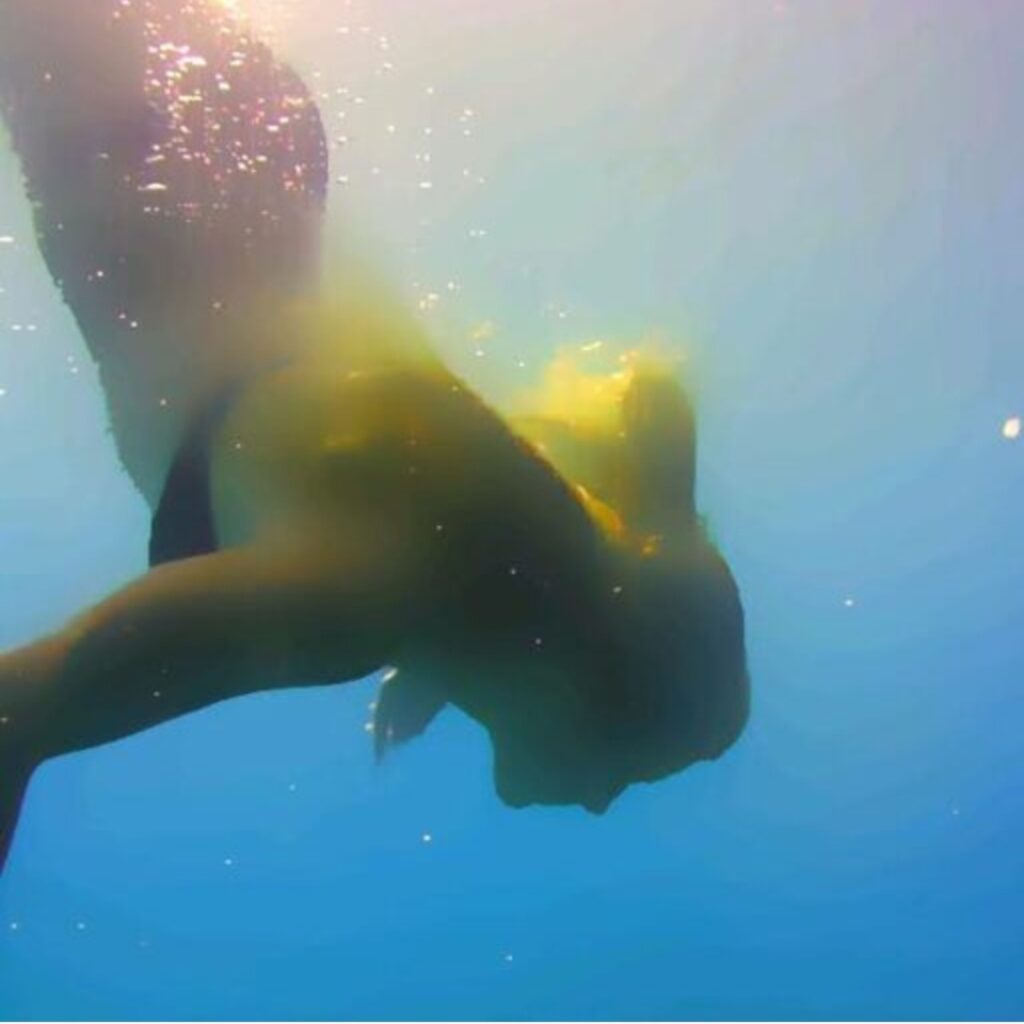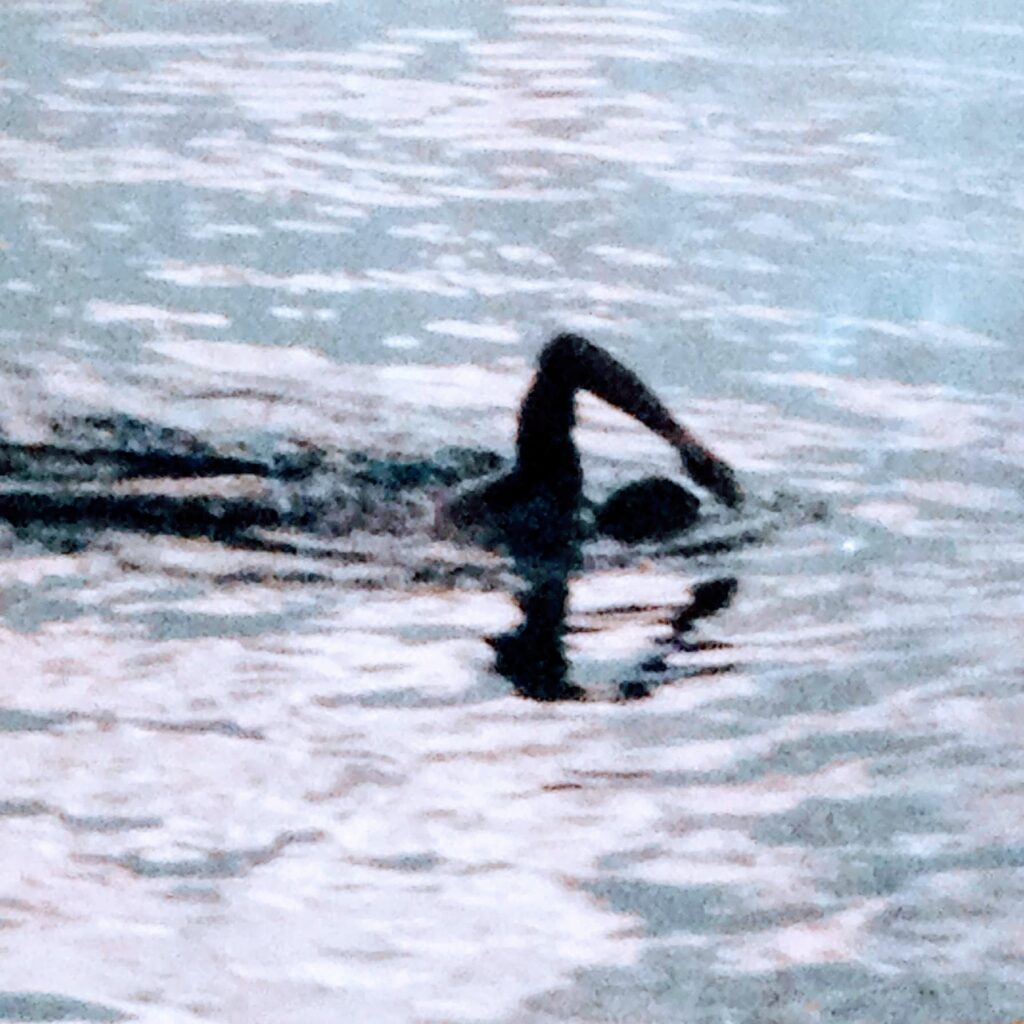Main Mission
Giancarlo De Leo created the concept of Aquawareness, combining basic swimming and mindfulness to enhance physical and mental well-being.
The practice is based on the idea that immersion in water, our first vital environment, alters “terrestrial” perceptual parameters, providing an ideal opportunity to enhance concentration, relaxation, and awareness. Specifically, it helps refine proprioceptive abilities, those related to balance and touch.
Aquawareness includes techniques of breathing, floating, gliding, and elementary, slow, and fluid propulsive movements. It offers apnea experiences with an approach similar to “insight” meditation, transforming every aquatic activity into an experience of deep awareness.
The approach highlights two key awarenesses: in the water and of the water, nurturing a profound connection between the swimmer and the aquatic surroundings. De Leo critiques the overemphasis on “pre-packaged” techniques that focus solely on performance and associated gear. He advocates for a return to discovering one’s innate aquatic skills, which he refers to as “basic swimming,” not necessarily intended for competitive or fitness purposes.
Through this rediscovery and the continuous development of “pure” swimming abilities, there is a constant improvement in the interaction with water, in every circumstance and environmental condition, even the most challenging ones.
The fundamental goal of aquawareness practice is precisely this: to maximize safety in water. In critical situations, this skill can make a difference, becoming an essential survival ability, both individually and collectively.
In the water, those who can be self-sufficient and save themselves not only have the ability but also the moral obligation to assist others who are less capable.
It is essential to emphasize: Aquawareness, in addition to the numerous secondary benefits that will be illustrated and that integrate into the holistic, fitness, and wellness context, has the primary mission of constantly improving swimming skills. This objective aims to increase individual and collective survival chances in challenging environmental conditions.
[1] Aquawareness: sources – Fuori https://www.fuorimag.it/aquawareness-bibliografia-ragionata/
[2] Aquawareness: a fascinating concept that combines water … – Fuori https://www.fuorimag.it/aquawareness-a-fascinating-concept-that-combines-water-and-mindfulness-to-enhance-both-physical-and-mental-awareness/
[3] Giancarlo De Leo – Academia.edu https://independent.academia.edu/TolomeusArounder
[4] Aquawareness https://www.aquawareness.net/aquawareness/
[5] Aquawareness http://www.aquawareness.org
[6] Back to basic swimming – aquawareness https://www.aquawareness.net/back-to-basic-swimming/
[7] [PDF] Aquawareness: a fascinating concept that combines water … – Fuori https://www.fuorimag.it/aquawareness-a-fascinating-concept-that-combines-water-and-mindfulness-to-enhance-both-physical-and-mental-awareness/?print=pdf
[8] Fuori (@Fuori_magazine) / X https://x.com/Fuori_magazine
Additional Benefits
Having defined its purpose and main mission, Aquawareness also presents intriguing aspects and parallels that make it comparable to various holistic disciplines, such as yoga, Vipassana, tai chi, and others.
- Mind-Body Connection: Like yoga and tai chi, Aquawareness fosters a deep connection between the mind and body. Through specific exercises and water awareness, it aims to achieve an improved overall psychophysical balance in daily life, even outside the aquatic environment.
- Mindful Breathing: Mindful breathing plays an essential role in all practices, including Aquawareness. Its purpose is to soothe the mind, improve concentration, and encourage relaxation through breath. However, Aquawareness offers a distinctive feature compared to other practices: the water’s immediate reaction to any alteration, even the smallest, in lung volume. This invaluable “Archimedes” feedback serves as a crucial partner in enhancing our awareness.
- Body Awareness: Similar to the Feldenkrais method, Aquawareness focuses intensely on body awareness and movement. The water, with its enveloping touch, becomes an ideal tool for enhancing proprioception.
- Thanks to hydrostatic thrust, buoyancy enables the adoption of unusual or difficult movements and postures to maintain on land, providing new opportunities to explore and enhance joint mobility and flexibility.
- Authentic connection with nature: The mentioned disciplines encourage rediscovering a deep bond with nature, integrating one’s inner self within it. In Aquawareness, this invitation becomes redundant, as the connection with water, the quintessential natural element, forms the foundation of the discipline; the contact is complete, or rather, literally “immersive”.
- Fuori Magazine: https://www.fuorimag.it/aquawareness-advantages/
- Aquawareness.net: https://www.aquawareness.net/





